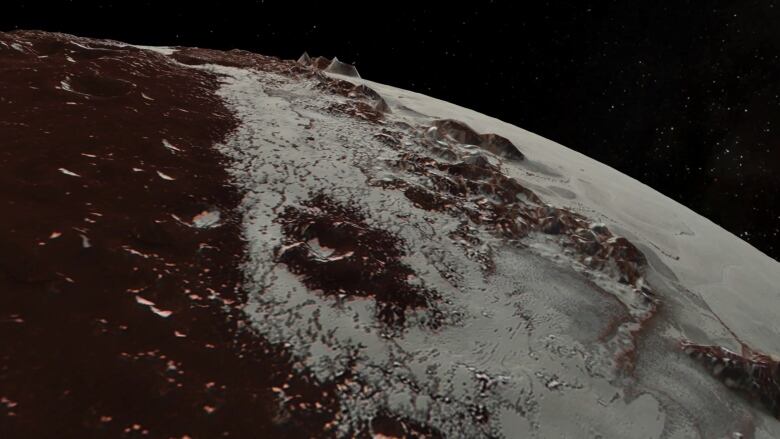Soar over Pluto in stunning hi-def NASA video
Space agency also provides flyover video of Pluto's largest moon, Charon

NASA has released a new high-definition video of what it would be like to fly over Pluto and its largest moon,Charon.
The video was compiled using data from NASA's New Horizons spacecraft that flew past the dwarf planet in July 2015 as well as elevation models. Combined, it provides a view that is closer than what the spacecraft even saw.
The flyover video starts over the southwest highlands currently known as SputnikPlanitia(official names have not yet been confirmed), a nitrogen ice plain.
Though little was known about this small world before the New Horizons mission, the data that was sent back proves Pluto is anything but a boring landscape: as the viewer is taken over the western part of the plain, craters and icy, blocky mountains jut up from the surface.
NASA has also released another spectacular flyby: of Pluto's largest moon, Charon.
Until the New Horizons flyby, Charon was believed to likely be a small, cratered world. Instead, the moon harbours mountains, craters and even landslides. Researchers are still trying to better understand this moon and its relationship with Pluto.
New Horizons, which provided the first look at Pluto and its system, is now headed off to the Kuiper Belt, a vast, cold expanse within our solar system home to many icy bodies. It will fly by MU69on New Year's Day in 2019.












_(720p).jpg)


 OFFICIAL HD MUSIC VIDEO.jpg)
.jpg)



























































































